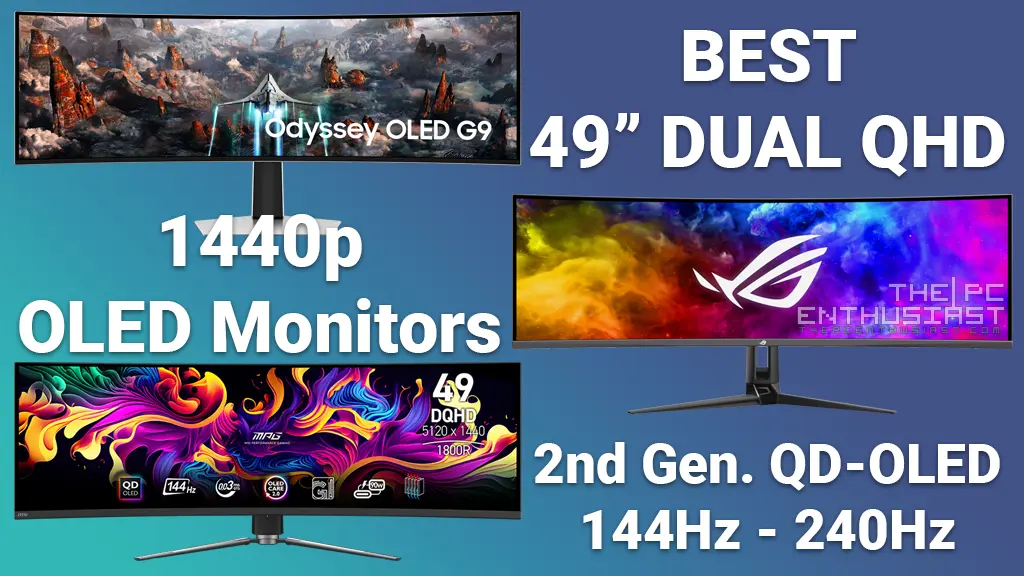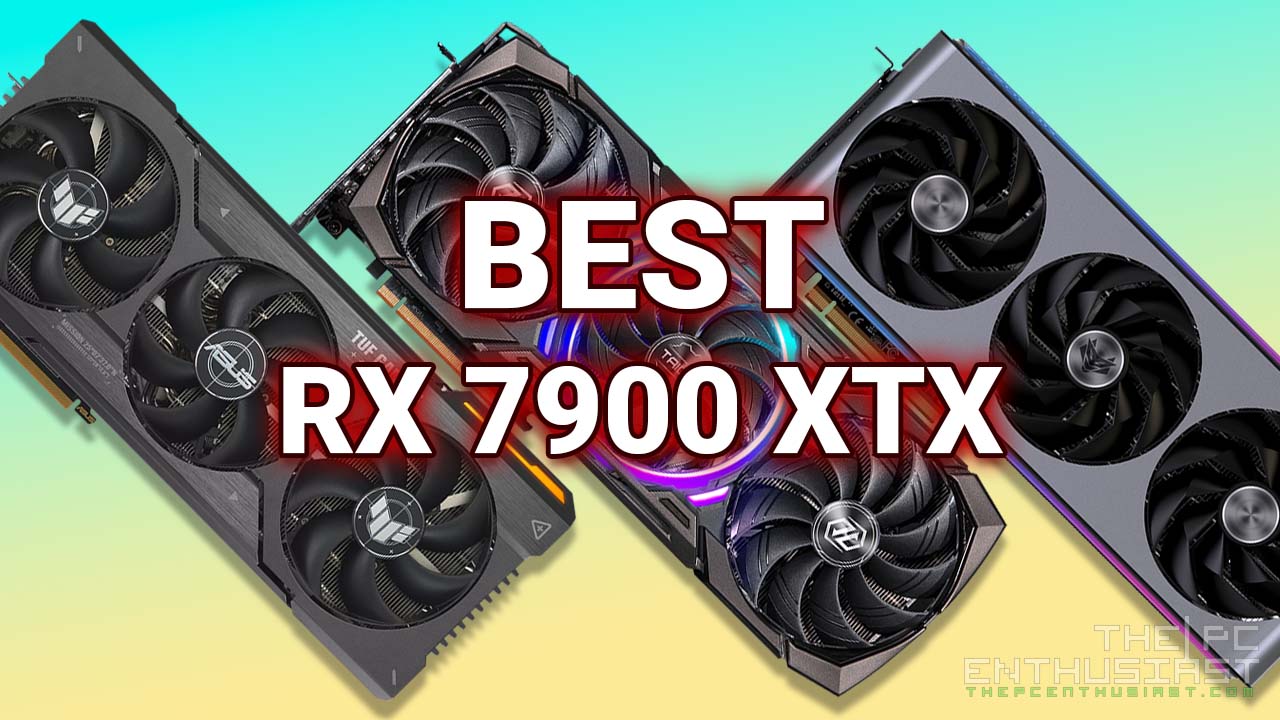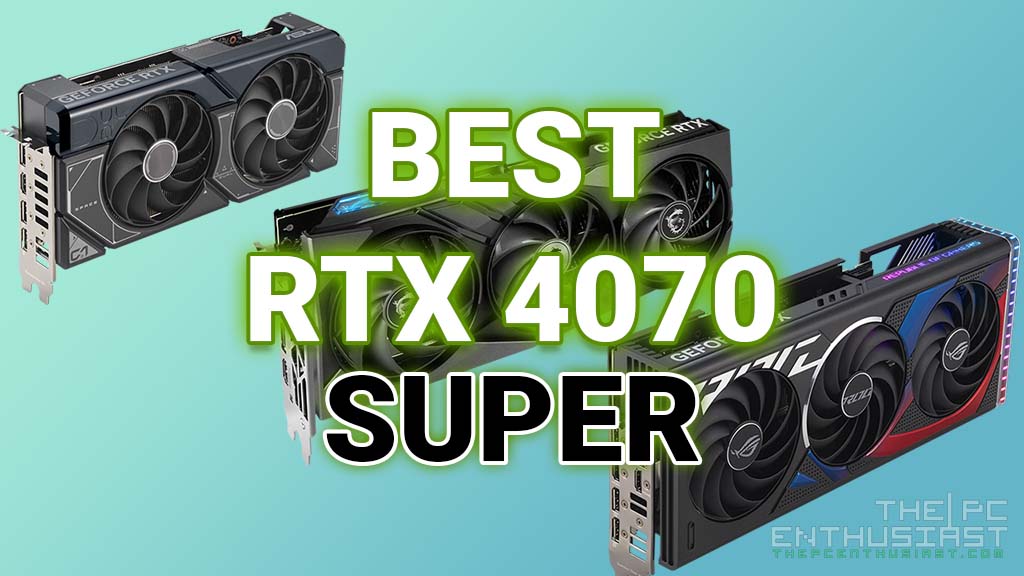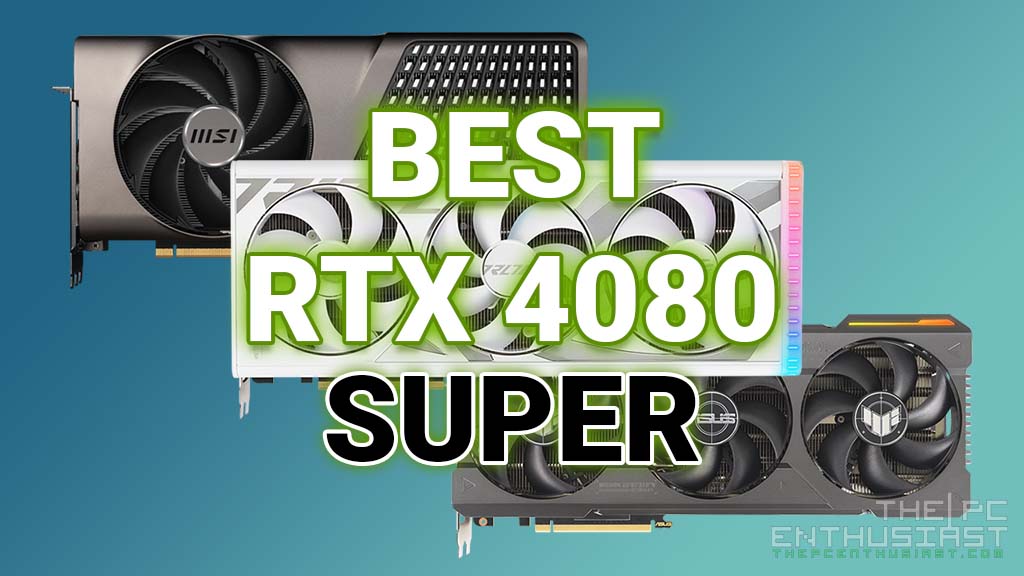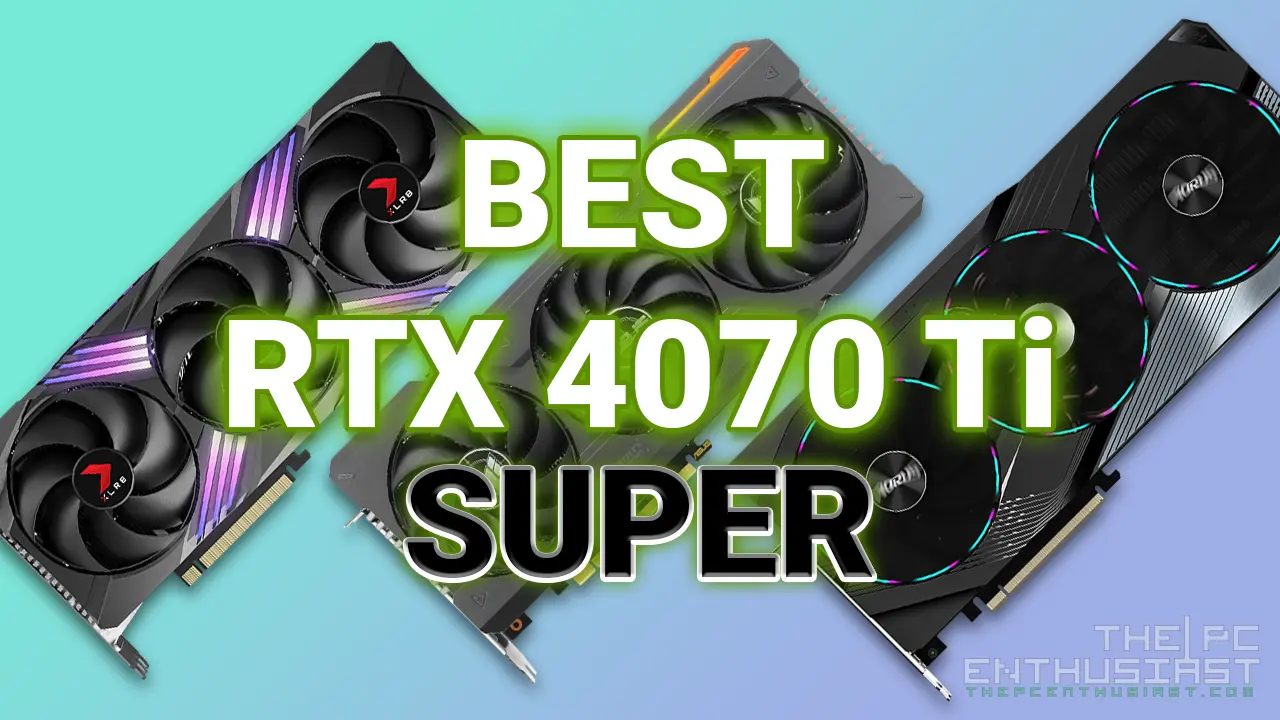Gaming laptops are usually a one-time endeavor. Once you have chosen a specific configuration, you are stuck with that hardware. Well, most laptops allow you to upgrade memory and storage. But unlike a gaming PC, the processor (CPU) and the discrete graphics processor (GPU) are usually not upgradeable. Oftentimes, it is best to buy the latest or top-of-the-line gaming laptop that is currently available in the market. So I listed below some of the top gaming laptops powered by the latest NVIDIA RTX 30 series Ampere GPU; paired with Intel or AMD‘s processor. If you are in the market for the latest and best gaming laptops, check it below.

Gaming Laptops powered with GeForce RTX 30 Series Ampere GPU
Below is a list of the gaming laptops powered with NVIDIA RTX 30 series Ampere GPU that are currently listed or available today. Some of these laptops can be considered as the best gaming laptop in their class.
Note: I try to collect the specs as accurately as possible. But there may be changes or some slight inaccuracies while gathering the data. Manufacturers usually make a lot of variances but under the same model name; making things a little bit confusing. So please be sure to double-check the specs of your chosen laptop before finalizing your purchase.
Are mobile GPUs similar to desktop GPUs?
Gaming laptops are not like their desktop PC counterparts. This means that an RTX 3080 mobile is not equivalent to or similar to the desktop RTX 3080 graphics card when it comes to performance. Their mobile counterpart GPUs are usually slower. Also, the same can be said with the processor.
On top of that, NVIDIA or the laptop manufacturers has made it a bit difficult for consumers to discern which one is faster. A gaming laptop powered with an RTX 3070 may have the chance that it will run faster than a similarly spec’d gaming laptop but with an RTX 3080. How come?
The answer is TGP or total graphics power. RTX 30 series mobile GPUs have varying maximum TGP, aside from GPU clock speeds. For example, an RTX 3080 can have a TGP from 90W up to 155W. The higher the TGP the better or faster the graphics card performs; since it can suck more power.
This also means that an RTX 3080 with the lowest TGP and lower boost clock has the potential to be outperformed by an RTX 3070 with the highest TGP and faster boost clock. In addition, the same scenario can be said with the RTX 3070 and RTX 3060. So it is important to keep an eye on the TGP and GPU boost clock as well and not just the model of the GPU.
Most of the gaming laptops listed above are powered with the latest Intel Core and AMD processors. I don’t see any 11th gen-powered gaming laptops yet. But I will update the list as more and newer models become available in the (near) future.
Desktop GPU vs Mobile GPU
To give you an idea of how a mobile GPU compares to a desktop GPU; below is a table comparing their specifications side by side. Also, when it comes to performance, a desktop RTX 3080 is faster followed by a desktop RTX 3070; then followed by an RTX 3080 mobile.
After that the desktop RTX 3060 Ti is faster than the RTX 2080 Super; then followed by the RTX 3070 mobile. The RTX 3060 mobile sits at the bottom; with the RTX 2070 Super sitting in between the RTX 3070 mobile and RTX 3060 mobile.
Basically speaking, that’s the hierarchy of these GPUs. Obviously, when TGP comes into play and considering the other factors and system specs, that will definitely change. But that’s the general outlook.
| RTX 3080 | RTX 3080 mobile | RTX 3070 | RTX 3070 mobile | RTX 3060 | RTX 3060 mobile | |
|---|---|---|---|---|---|---|
| GPU | GA102 | GA104 | GA104 | GA104 | GA106 | GA106 |
| Fab /Architecture | 8nm Ampere | 8nm Ampere | 8nm Ampere | 8nm Ampere | 8nm Ampere | 8nm Ampere |
| CUDA Cores | 8704 | 6144 | 5888 | 5120 | 3584 | 3840 |
| TMUs | 272 | 192 | 184 | 160 | 112 | 120 |
| ROPs | 96 | 96 | 96 | 80 | 64 | 64 |
| Tensor Cores | 272 | 192 | 184 | 160 | 112 | 120 |
| RT Cores | 68 | 48 | 46 | 40 | 28 | 30 |
| Base Clock | 1440 MHz | 1110 MHz | 1500 MHz | 1110 MHz | 1320 MHz | 900 MHz |
| Boost Clock | 1710 MHz | 1545 MHz | 1725 MHz | 1560 MHz | 1777 MHz | 1425 MHz |
| Memory Size/Type | 10GB GDDR6X | 8GB GDDR6 | 8GB GDDR6 | 8GB GDDR6 | 12GB GDDR6 | 6GB GDDR6 |
| Memory Clock (effective) | 19 Gbps | 14 Gbps | 14 Gbps | 14 Gbps | 15 Gbps | 14 Gbps |
| Memory Bus | 320 bit | 256 bit | 256 bit | 256 bit | 192 bit | 192 bit |
| Memory Bandwidth | 760.3 GB/s | 448 GB/s | 448 GB/s | 448 GB/s | 360 GB/s | 336 GB/s |
| TDP | 320W | up to 115W | 220W | up to 115W | 170W | up to 80W |
Again, I’ll update this post as new RTX 30 series powered gaming laptops become available in the market.

























